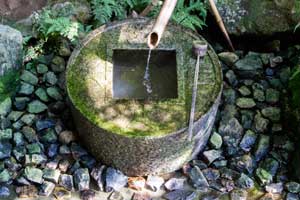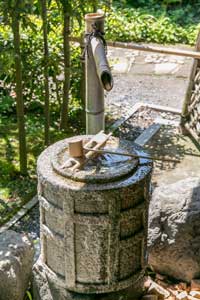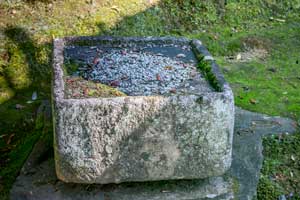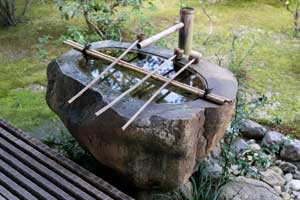 _Kaki / Fence
_Kaki / Fence
Kaki or Kakine is an architectural element that marks area boundaries, and traditionally bamboo is used in Japan.
Design & Style
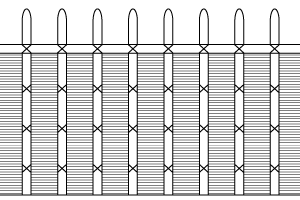
Takeho-gaki
Takeho-gaki is made of bundled bomboo twigs instead of tree twigs. Katsuraho-gaki at Katsuara Imperial Village in Kyoto is the archetype of Takeho-gaki.
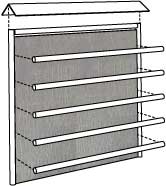
Shiba-gaki
Shiba-gaki is made of vertically installed tree twigs with horizontal supports keeping them in place. For preservation and aethetic reasons, simple eaves are sometimes installed on the top.
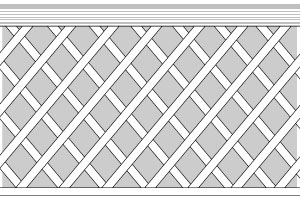
Koetsuji-gaki
Koetsu-gaki is named after Koetsu-ji Temple in Kyoto and made of bundled split bamboos on the top with round bamboos woving diamond shaped lattice framework to allow views through it.
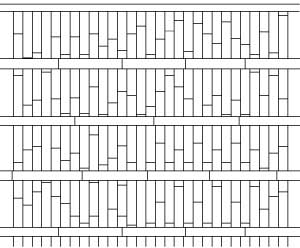
Kennin-ji-gaki
Kennin-ji-gaki is made of halved or quartered bomboos placed vertically without a gap with horizontally placed bamboos keeping everything in place.
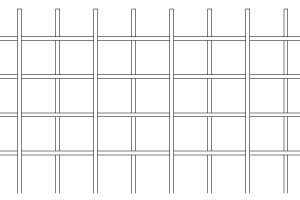
Yotsume-gaki
Yotsume-gaki is the simplest type of bamboo fence, whose horizontal and vertical members form rectangular grids.
Gallery
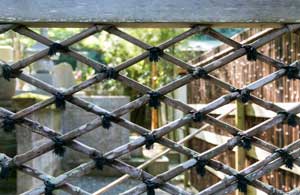
Koetsu-gakiHokoku-ji in Kamakura
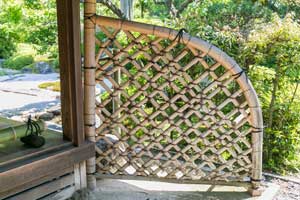
Koetsu-gakiJomyo-ji in Kamakura
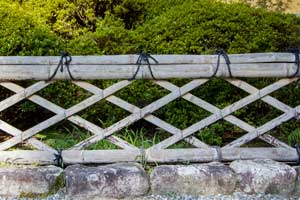
Koetsu-gakiRyoan-ji in Kamakura
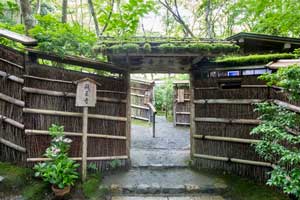
Shiba-gakiGhio-ji in Kyoto
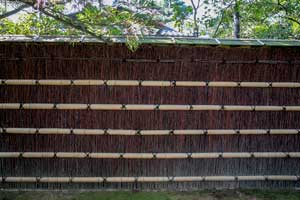
Shiba-gakiKatsura Imperial Palace in Kyoto
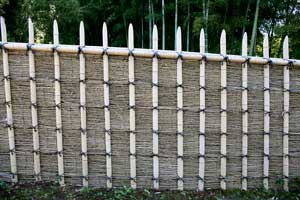
Takeho-gakiKatsura Imperial Palace in Kyoto
 _Nijiri guchi
_Nijiri guchi _kinin guchi
_kinin guchi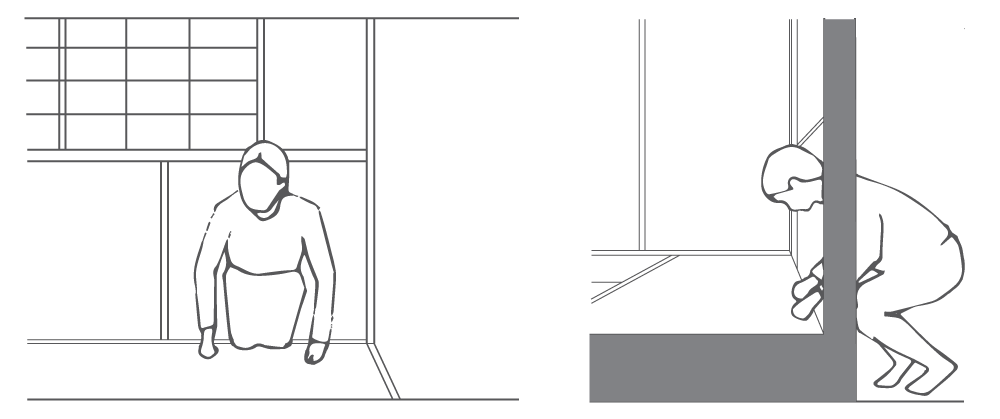
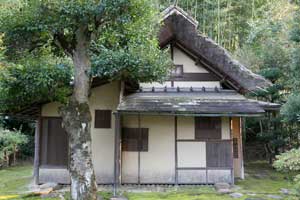
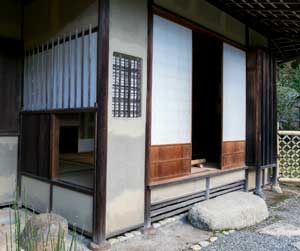
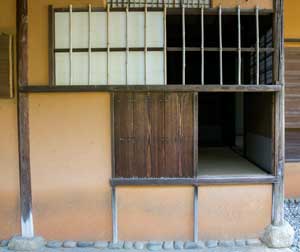
 _Tobi ishi / Stepping Stones
_Tobi ishi / Stepping Stones





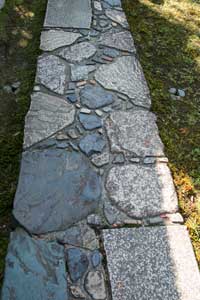
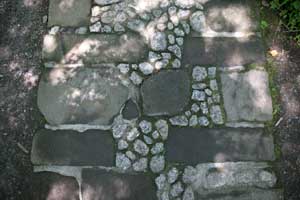
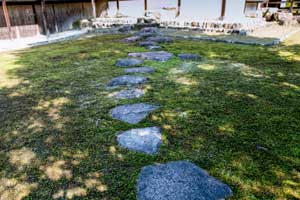
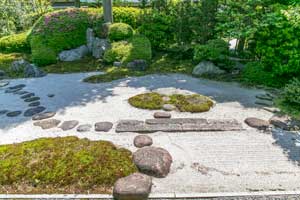
 _Toro / Lanttern
_Toro / Lanttern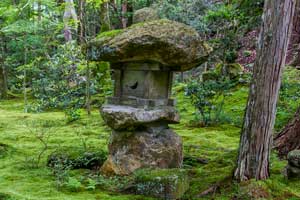
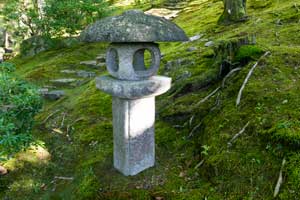
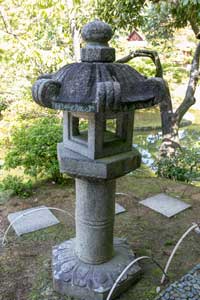
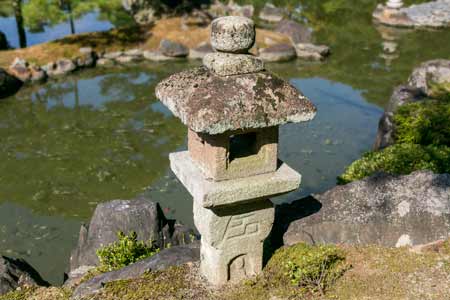
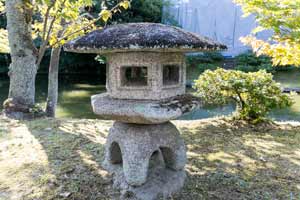
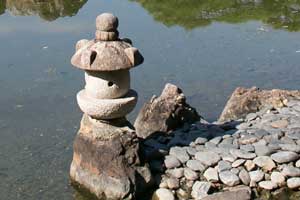
 _Tsukubai / Wash baisin
_Tsukubai / Wash baisin